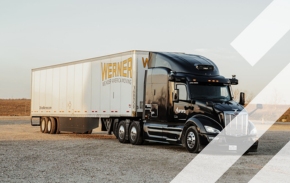Loading component...
How cities are becoming greener and more liveable in the Netherlands

The Netherlands, host to Europe’s largest transport exhibition Interfraffic Amsterdam, has long led the world in promoting active travel and multimodality. But now the challenges are bigger than ever – even as urban populations grow, policymakers must improve mobility and liveability of cities, while also meeting targets for net zero by 2050. Here’s how they are doing it:
This article is an extract from the forthcoming Intertraffic World 2024 magazine
Words: Eugene Gerden
Amsterdam and Rotterdam, being the first and second largest cities in the Netherlands, are leading the way for urban traffic management in the country. Both benefit from advanced intelligent transportation systems and multimodal infrastructure, promoting active travel and public transport usage in a way that is inspirational to cities all around the world.
Now, as UN emissions targets for net zero by 2050 come into focus, the pressure is on like never before to deliver sustainable mobility, even as populations grow – both Amsterdam and Rotterdam are each now estimated to have over one million residents.
Rotterdam has a track record of inspiring green transportation technology that has been rolled out across Europe. In 2018 it became the first urban centre in the world to test BMW’s geofenced eDrive Zones scheme.
The Electric City Drive pilot, which was conducted in partnership with the city’s Erasmus University, used a smartphone app activated by geofencing in the city centre to recommend when drivers of hybrid vehicles should switch to electric-only mode. The pilot was so successful that the technology is now built into BMW hybrid cars, automatically switching them to emissions-free modes when travelling in over 130 European city centres, and more than 20 other cities worldwide.
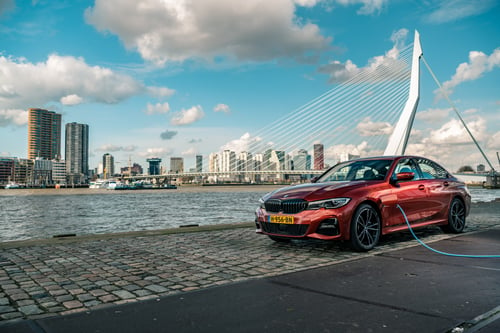
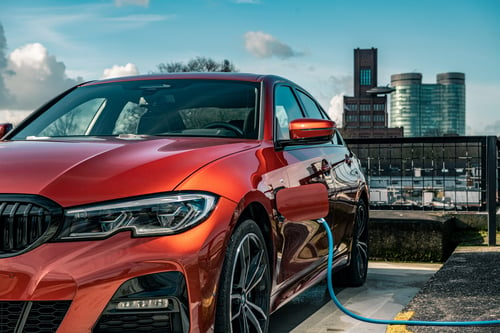
The partnership with BMW wasn’t limited to simply reducing emissions from cars, it also looked at ways of getting citizens out of their cars altogether. “We have explored ways to inform drivers about alternative travel options, such as park-and-ride facilities, encouraging a shift towards more sustainable modes of transportation,” says Richard van der Wulp, senior urban mobility planner at the Municipality of Rotterdam. “Efforts are being made to provide more space for cyclists, pedestrians, and public transport in the city centre and at transportation hubs.”
As well as the park-and-ride scheme Rotterdam has deployed other intelligent parking systems within the city centre itself, such as smart sensors that create real-time data to guide drivers to available parking spaces, reducing the time spent searching for parking spots. Additionally, the city has implemented dynamic pricing strategies to incentivize off-peak parking, reducing congestion and encouraging the use of public transportation.
To further encourage modal shift Rotterdam is facilitating collaboration between public transport operators such as Dutch Railways (NS) and Rotterdam’s RET to help provide multimodal travel information through MaaS apps.
Rotterdam's public transit network has real-time passenger information systems, enabling commuters to access up-to-date schedules, route options, and estimated arrival times. This helps to encourage public transit usage, meaning more residents opt for sustainable transportation options, thus reducing the overall reliance on private vehicles.
Amsterdam: mobility and beyond
Amsterdam’s extensive canal network means small streets are under extreme pressure as the population grows, so there is a great focus not only on managing car and bicycle flows, but also pedestrians.
Robbin van Pelt, spokesperson for the City of Amsterdam, explains: “We have many sophisticated systems in place, such as highly optimized traffic lights and crowd management during big events, such as King’ Day (the annual street party to celebrate the King’s birthday on 27 April).”
Amsterdam has historically organized itself around mobility modes. But increasingly, impacts of transportation are being assessed not only for how they affect other modes, but also for their impact on other potential uses of urban space such as recreation, parking, utilities, etc.
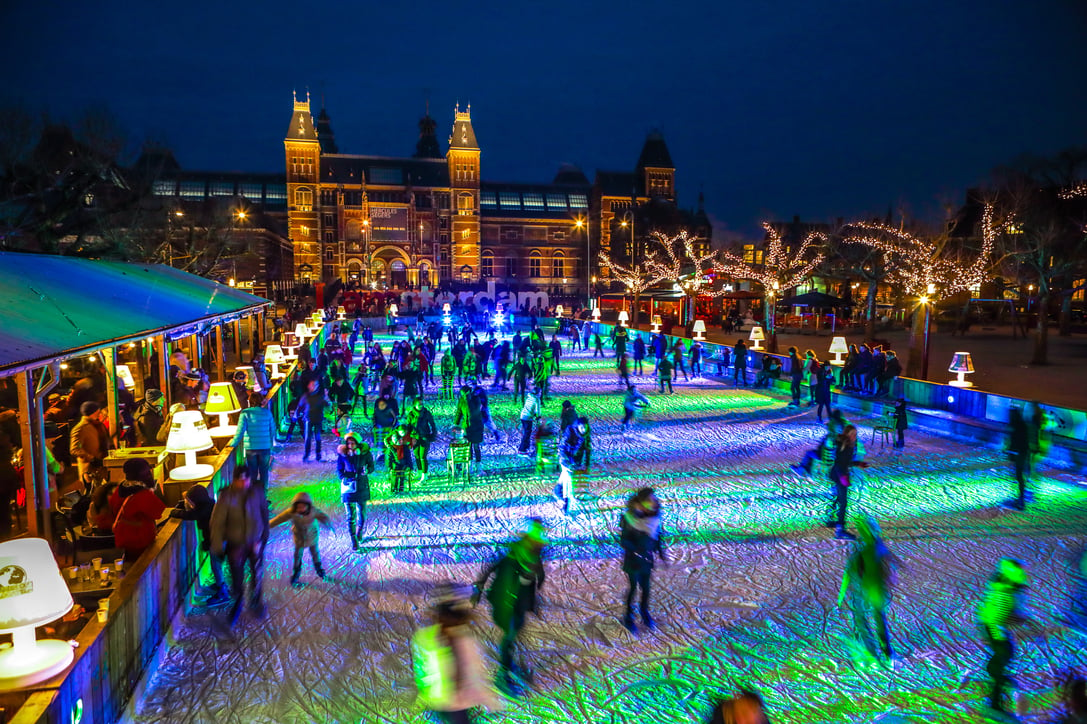
“We are actively working with many partners (public and private) on improving how we use the public space. These partners include research institutes, global tech leaders and national industry parties,” says Van Pelt.
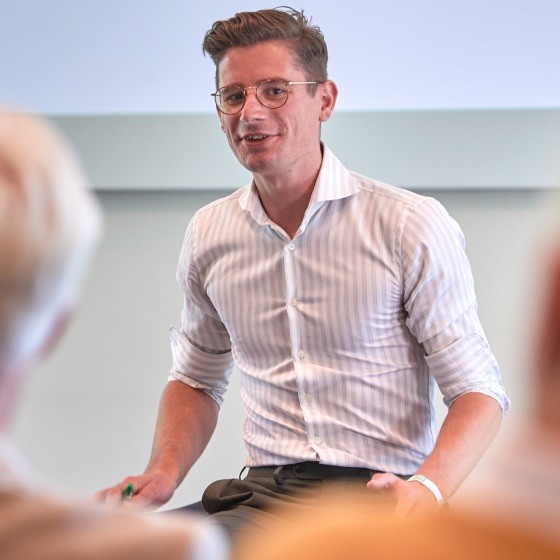
Robbin van Pelt, spokesperson, City of Amsterdam
"Recently we’ve seen a shift from mere optimization of traffic flows, to a more social and ecological approach to traffic management. "
"The focus is on quality-of-life aspects and futureproofing the city for extreme weather and other ecology related aspects. Here there is a lot of room for innovative new approaches.”
This means mobility decisions in the city can be highly political. “We’re work closely with local government on making decisions,” says Van Pelt. “We will need to break the silos of organization around modes and topics and work towards a more holistic approach.”
In Rotterdam promoting active mobility has long been a priority, with cycling lanes equipped with sensors that detect and respond to the flow of cyclists, optimizing traffic light timings and ensuring safe passage for cyclists. But as with Amsterdam, larger considerations than just modal change are coming into focus.

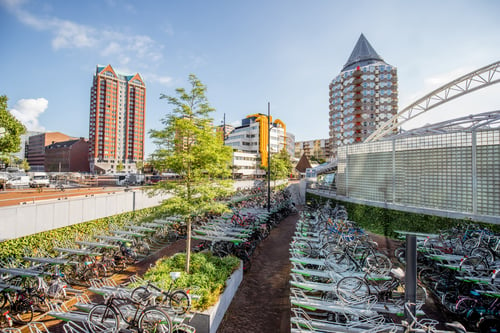
"Sustainable urban mobility, the reduction of logistical movements, and the transition to greener transportation are key objectives."
says Van der Wulp “Rotterdam aims to enhance its economic potential through improved accessibility to national and international economic sectors and enhanced interconnectivity between areas to boost competitiveness and innovation.”

Richard van der Wulp, senior urban mobility planner, Municipality of Rotterdam
“Urbanization within the existing city and around high-quality public transportation is prioritized to enhance accessibility to amenities for a larger population,” continues Van der Wulp. “The city also emphasizes the importance of vital and future-proof neighbourhoods, with strong socio-economic foundations and the availability of appropriate mobility options. Rotterdam's major urban challenges from now until 2040 focus on creating a healthy, green, and attractive living, working, and recreational space.”
For the full version of this article don’t miss Intertraffic World 2024



